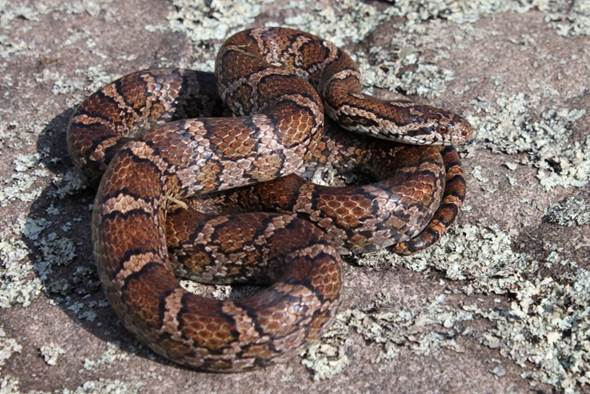
My milksnake chewed on me skin#
Some, such as the chuckwalla ( Sauromalus obesus), inflate their lungs with air and press their skin against the walls of the crevice to make themselves nearly impossible to extract. Nearly all amphibians and reptiles that use crevices or burrows rapidly enter their crevice or burrow when predators approach. Basking crocodylians and turtles enter the water when potential predators approach. Many aquatic snakes (e.g., Nerodia) and arboreal lizards (e.g., Iguana, Uranoscodon, Crocodilurus, Physignathus) bask on top of vegetation overhanging water and dive into the water to escape predators approaching from the land or within the vegetation. When an animal moves within a critical distance or makes a dash at the lizard, the lizard runs to a safe distance and begins foraging again. The lizards often continue foraging while keeping track of approaching animals. For actively foraging lizards, this is the primary escape mechanism. The most common response by potential prey to approaching predators, once aware that they have been detected, is locomotion away from the predator. Species that move while foraging or have bright coloration are easily detected by predators and, as a result, rely less on crypsis and immobility. For most iguanas, incubation is about 10 to 12 weeks but commonly requires more than 30 weeks in the two Fijian iguanas. iguana, Conolophus pallidus) migrate from their home ranges to special nesting sites to deposit eggs. Nutrition is a significant factor in clutch size large-bodied species in resource-poor environments produce fewer eggs. dorsalis and 12–88 eggs in the large-bodied Cyclura and Iguana. All iguanas are oviparous and produce moderately large clutches, ranging from 2–8 eggs in the small-bodied D. Amblyrhynchus cristatus feeds exclusively on marine algae and grazes beneath the water even though it is not an exceptionally proficient swimmer. They are mostly to exclusively herbivores, feeding on a wide variety of plant parts, including flowers and fruits as well as foliage. 21.43) and Brachylophus are predominantly arboreal, rarely descending to the ground. Iguanas are predominantly terrestrial in mesic to xeric habitats. dorsalis), attain sexual maturity at 140 to 160 mm SVL. Thus, commercial pet foods may occasionally suffice for some carnivorous reptiles, but they contain too much fat to be the sole diet for herbivorous and many omnivorous species.īiology: Iguanids (the iguanas) are typically large lizards most species exceed 200 mm adult SVL, although some, such as the Fijian banded iguana ( B. Herbivorous reptiles are unlikely to thrive on diets containing more than 12% fat, which limits the role of commercial pet foods for these species. Herbivores generally have digestive upset when dietary fat is greater than about 12%, regardless of the source.

Partial availability of this water for absorption and prevention of dehydration is usually assumed. Estimates in mammalian hindgut fermenters suggest 5 to 10 g water held for every gram of fiber. Fibers average about 2 kcal/g.įibers in the lower bowel hold water. These acids nourish enterocytes in the lower bowel and provide energy. Fibers are fermented in the lower bowel, yielding short-chain fatty acids such as acetate, proprionate, and butyrate. Herbivores use hydrolytic digestion in the small intestine for protein (about 3.5 kcal ME/g DM) and fat (about 8.5 kcal/g) absorption. Crude fiber intakes range from about 15% to 40% of dry matter (DM).

In the author's experience, healthy herbivorous reptiles consume about 15% to 35% of ME from protein, less than 10% from fat, and more than 50% from carbohydrate (see Figure 18-7). Tortoises, Green Iguanas, Uromastyx lizards, Chuckwallas ( Sauromalus spp.), and Prehensile-tail Skinks (Corucia zebrata) are among the herbivorous reptiles kept as pets and in large collections. SUSAN DONOGHUE, in Reptile Medicine and Surgery (Second Edition), 2006 Herbivores


 0 kommentar(er)
0 kommentar(er)
